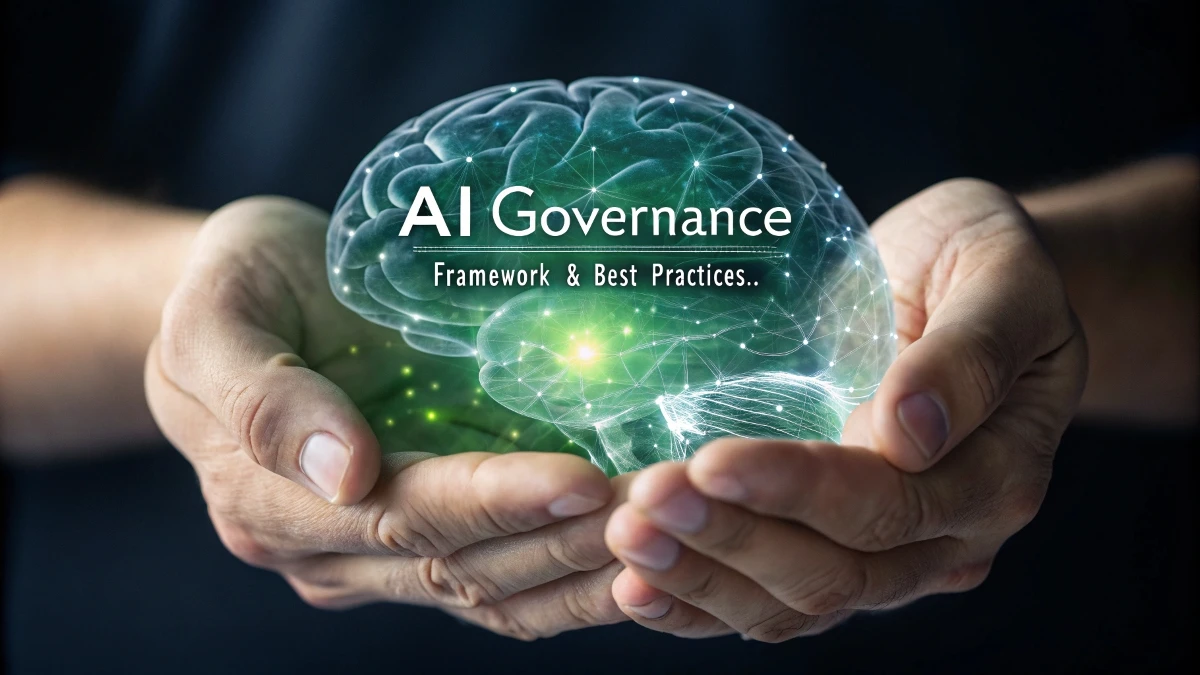AI has transformed how we handle information, make choices, and use technology. Its integration into healthcare, finance, and public services raises key questions about trust and reliability. Machine learning, especially deep neural networks and reinforcement learning, now matches or beats human performance in certain tasks, but this brings up concerns about transparency and ethics.
Experts and policymakers debate how to protect public interests while supporting progress. Solutions like explainable AI (XAI) and interpretable machine learning show promise, but using them across different AI applications is complex. The main challenge is balancing AI’s growing abilities with our need to understand and check how it makes decisions.

Core Principles for Trustworthy AI

Technical Implementation
The foundation of trustworthy AI rests on key technical and ethical principles that guide development and deployment. At the technical level, this includes rigorous testing protocols, bias detection methods, and robust validation frameworks. AI systems need continuous monitoring through tools like model cards, which document performance characteristics, limitations, and intended uses. According to a 2024 study by MIT Technology Review, organizations implementing these principles saw a 47% reduction in AI-related incidents and improved stakeholder trust.
Ethical Framework
The ethical framework extends beyond technical specifications to include clear guidelines for data privacy, fairness metrics, and human oversight. This requires implementing specific tools and methodologies: differential privacy techniques to protect individual data, fairness constraints in model optimization, and human-in-the-loop systems for critical decisions. Successful implementation demands collaboration between technical teams, ethicists, and domain experts to create comprehensive governance structures.
The Black Box Problem

Technical Challenges
The complexity of modern AI systems, particularly deep learning models with millions of parameters, creates significant challenges for interpretation and verification. Neural networks often develop internal representations that prove difficult for humans to understand, leading to what experts call the “black box problem.” This opacity becomes particularly concerning in high-stakes applications like medical diagnosis or financial risk assessment, where understanding the reasoning behind decisions is crucial.
Solution Approaches
Technical solutions to this challenge include Local Interpretable Model-agnostic Explanations (LIME), Shapley Additive Explanations (SHAP), and attention mechanisms that highlight which inputs most influence outputs. Yet these tools often provide approximations rather than complete explanations of model behavior. The challenge extends beyond technical solutions to questions of responsibility and liability when AI systems make decisions that affect human lives.
Human-AI Partnership Model

Integration Strategy
The most promising approach to AI implementation focuses on creating effective partnerships between human expertise and AI capabilities. This model recognizes both the strengths and limitations of AI systems, positioning them as tools to augment human decision-making rather than replacements for human judgment. In medical imaging, for example, AI systems excel at pattern recognition and can quickly flag potential areas of concern, but the final diagnosis benefits from a radiologist’s broader medical knowledge and ability to consider patient context.
Technical Architecture
Implementing effective human-AI partnerships requires careful system design and interface development. This includes creating intuitive visualization tools that help humans understand AI suggestions, establishing clear protocols for when human oversight is required, and developing training programs that help professionals effectively use AI tools. The technical architecture must support real-time collaboration, with features like confidence scores for AI predictions and easy access to the data supporting AI conclusions. This approach maximizes the benefits of both human expertise and AI capabilities while maintaining accountability and trust in critical decisions.
Policy and Governance

International Framework
The development of AI governance has led to unprecedented international cooperation in creating standardized guidelines. The OECD and G20 nations have established core principles that balance innovation with public safety. These frameworks set clear requirements for AI system development, including continuous risk assessment, security protocols, and sustainability metrics. The technical specifications include mandatory security audits, data protection measures, and performance monitoring systems that track AI behavior across its operational lifetime.
RELATED:
The 5 Groundbreaking AI Breakthroughs You Can’t Afford to Miss This Year – Don’t Get Left Behind!
Implementation Standards
The technical requirements for AI governance include robust logging systems that track decisions and changes in AI behavior, automated monitoring tools for detecting bias or performance degradation, and standardized testing protocols. These systems must maintain detailed records of training data sources, model updates, and operational metrics. Security measures include encryption standards for data protection, access control systems, and regular vulnerability assessments to protect against potential breaches or manipulations.
RELATED:
Why Your Next Favorite Influencer Might Be an AI – Are Virtual Stars the Future of Marketing?
Looking Forward
Innovation and Transparency
The future of AI development focuses on balancing technological advancement with transparency requirements. Technical innovations in this space include new architectures for interpretable neural networks, advanced visualization tools for AI decision processes, and standardized frameworks for model documentation. These developments aim to create AI systems that maintain high performance while providing clear insights into their operation and decision-making processes.
Trust Building Mechanisms
Creating trustworthy AI systems requires both technical and social solutions. On the technical side, this includes developing better metrics for measuring AI system reliability, creating standardized testing frameworks for different AI applications, and implementing robust monitoring systems. Tools like progressive disclosure interfaces allow users to explore AI decisions at different levels of detail, from high-level summaries to detailed technical explanations.
Future Research Priorities
Research priorities focus on several key technical areas that will shape the future of trustworthy AI. These include:
- Advanced interpretability techniques that can explain complex model decisions without sacrificing performance
- Robust testing frameworks that can verify AI system behavior across different scenarios and conditions
- New architectures for privacy-preserving machine learning that protect individual data while maintaining model accuracy
- Development of standardized metrics for measuring AI system trustworthiness and reliability
- Tools for continuous monitoring and evaluation of AI systems in production environments
Practical Implementation Steps
The path forward requires concrete steps in both technical and organizational domains. Organizations must implement comprehensive AI governance frameworks that include regular audits, clear documentation requirements, and defined processes for handling AI-related incidents. This includes setting up proper monitoring systems, establishing clear lines of responsibility, and creating feedback mechanisms that allow for continuous improvement of AI systems based on operational experience.
These implementations must be supported by robust technical infrastructure, including:
- Automated testing and validation systems
- Continuous monitoring tools for production AI systems
- Standardized documentation and reporting frameworks
- Security measures to protect against potential misuse or manipulation
- Training programs to ensure proper system use and understanding
The success of these measures will depend on continued collaboration between technical experts, policymakers, and industry stakeholders to refine and improve these frameworks as AI technology continues to evolve. Would you like me to elaborate on any particular aspect of these sections?
RELATED:
Meet Your AI Co-Worker: How Agentic AI is Automating Workflows in 2025 – Will Your Job Be Next?
Tired of 9-5 Grind? This Program Could Be Turning Point For Your Financial FREEDOM.

This AI side hustle is specially curated for part-time hustlers and full-time entrepreneurs – you literally need PINTEREST + Canva + ChatGPT to make an extra $5K to $10K monthly with 4-6 hours of weekly work. It’s the most powerful system that’s working right now. This program comes with 3-months of 1:1 Support so there is almost 0.034% chances of failure! START YOUR JOURNEY NOW!

